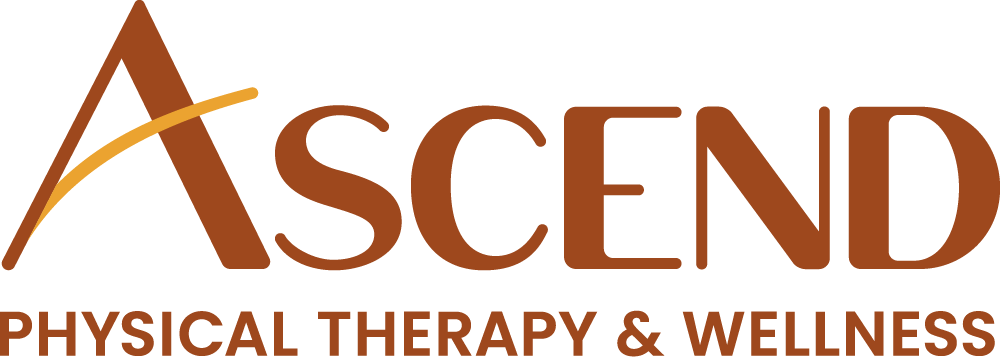Why does running in the heat feel so hard?
And how can you get heat-acclimated??
The recent summer temps have a lot of runners asking these questions. Why DOES it feel so much harder to exercise outdoors in warm weather?
It all comes down to thermoregulation.
Thermoregulation = the process by which the body maintains its core temperature.
Core temperature is important because this is where the internal organs live - too hot or too cold, and our organs are unable to function properly.
Luckily, the body has several adaptive mechanisms to help maintain core temperature in its ideal range. In hotter environmental conditions, sweat rate and blood flow to the skin increase. Sweat helps with cooling via evaporation, and blood flow towards the skin diverts it away from the core; basically, these mechanisms help to transfer heat from your body into the environment.
While this is great news for our core temperature, all of this means that, during exercise in the heat, there is LESS blood flow available to deliver oxygen and nutrients to tissues and to clear metabolic waste. Fluid loss through sweat also affects hydration; with decreased fluids available, blood volume decreases, which means that the heart and lungs have to work even harder to pump that blood to your muscles. (If you’ve ever seen your heart rate drift steadily upward throughout an “easy” run in the heat, you’ve experienced this effect firsthand.)
Interestingly, this also increases “perceived strain at performance intensities”; i.e., the pace that normally feels like a 6/10 effort might feel like a 7/10 effort in the heat.
BUT! There is some good news:
Your body adapts and acclimates to heat with repeated exposure, which is pretty cool.
How long does heat acclimation take? In terms of physiologic adaptations, it’s on the more rapid side: acclimation begins on first exposure, with short-to-medium-term adaptations taking place within 7-14 days, although longer-term tolerance may take 15 days or more.
Once the body is heat-acclimated, we see adaptations that include:
decreased resting/exercising heart rate and increased stroke volume (i.e. the ability to pump more blood with each heart contraction)
decreased resting/exercising core temperature
decreased skin temperature
increased skin blood flow (to help with cooling)
increased blood plasma volume
increased in heat-shock proteins in the blood
increased sweat sensitivity and sweat rate, but decreased sodium concentration of sweat
increased muscle glycogen sparing
decreased oxygen use in the muscles
decreased rating of perceived exertion; improved time trial performance in the heat; and increased time to exhaustion in the heat
So now that you know the science, here’s the real question for runners: how can we turn this knowledge into practical tips for hot-weather running?
Active heat exposure (i.e. exercising in the heat) is the most effective strategy for heat acclimation; but passive heat exposure can also help. Passive heat includes strategies like using a sauna or hot baths (This article from CTS outlines some protocols for using these types of passive strategies.)
Heat adaptations occur more rapidly with daily exposure, but still occur with intermittent exposure up to every 2-3 days - and this may be preferable for some athletes when it comes to training stress and recovery. However, when the exposure is too intermittent (i.e. once a week), those adaptations are blunted.
Rely on RPE (rating of perceived exertion) instead of pace. As we learned above, your body is going to be working harder than it typically would at a given pace range when it’s working in the heat. Anchoring your runs and workouts to a 0-10 effort scale can help you adjust your paces to an appropriate effort level as you adapt. (Check out “principle #2” in this blog for more info on the RPE scale.)
If you’re training for a race or event, the closer your environmental conditions can match that event, the more optimally your body will adapt to the specific demands required of it. This includes exercise intensity and relative humidity, in addition to temperature.
Stay hydrated and fueled, listen to your body, and be patient.
Happy summer running!
* * * * *
Citations:
Pryor JL, Johnson EC, Roberts WO, & Pryor RR (2019). Handbook of Clinical Neurology, Chapter 31 - Heat exhaustion, p.505-529. Elsevier. Ed. Romanovsky. doi: 10.1080/23328940.2018.1516537
Kenny GP, Wilson TE, Flouris AD, & Fujii N (2018). doi: 10.1016/B978-0-444-64074-1.00031-8.
Périard JD, Racinais S, Sawka MN (2015). Adaptations and mechanisms of human heat acclimation: Applications for competitive athletes and sports. Scand J Med Sci Sports, 1(20-38). doi: 10.1111/sms.12408. PMID: 25943654.
